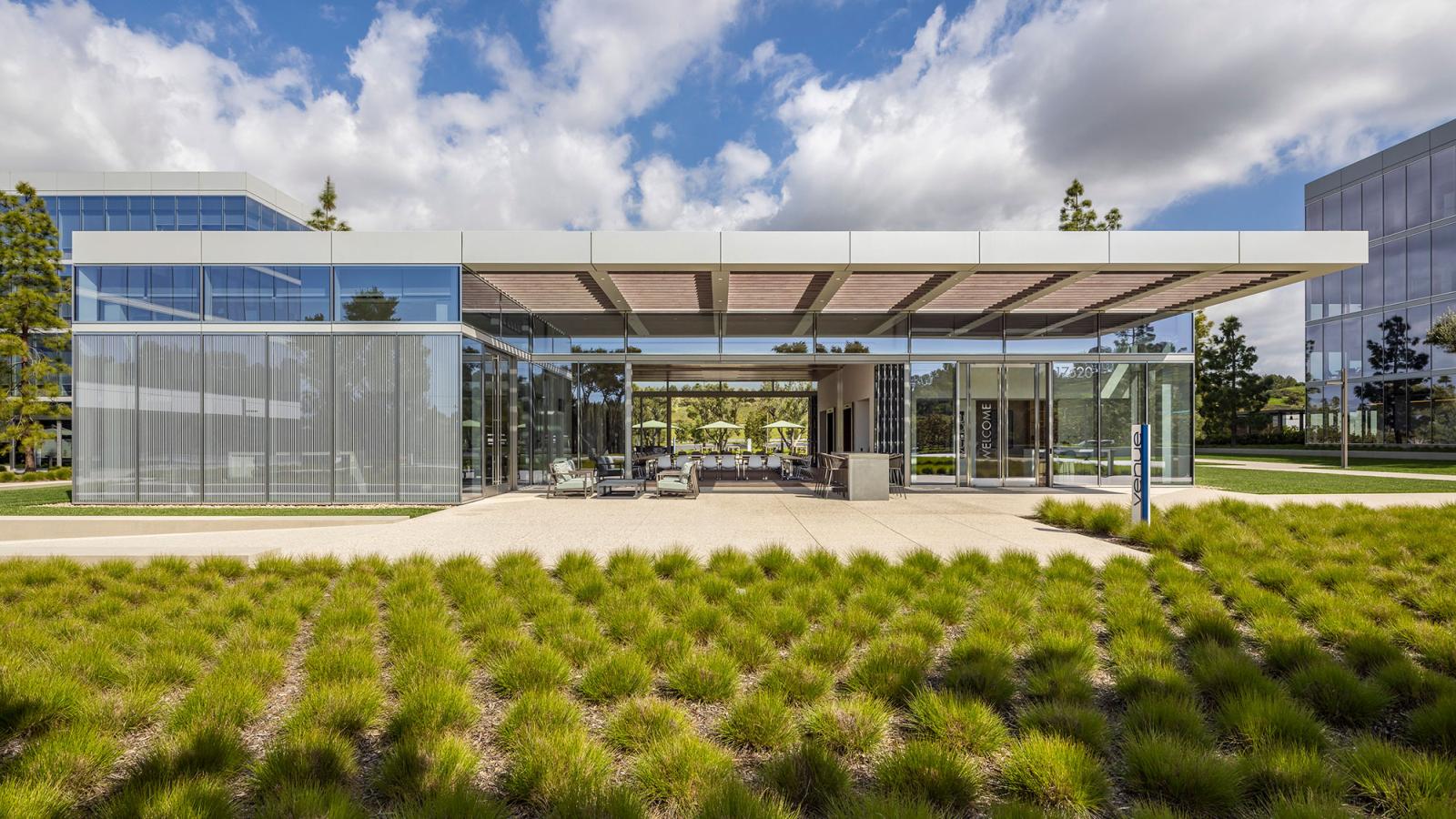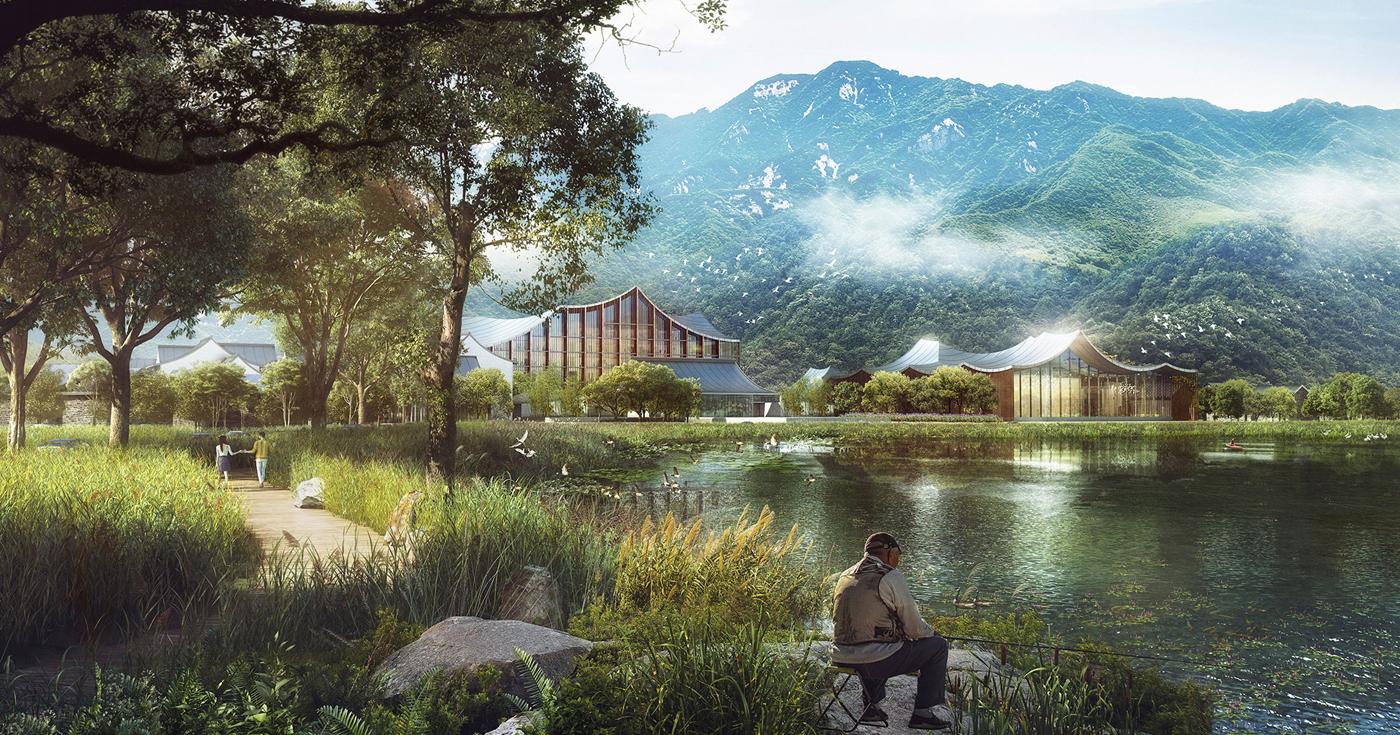Regenerative architecture offers a more sustainable path forward.
By Juliette Morgan and Arlen Stawasz
A recent UN meeting of indigenous tribes expressed concern about the world’s approach to achieving net zero. The reason? It fails to account for unsustainable practices that are detrimental to the environment, such as mining for EV batteries or wind turbine installation on indigenous lands. Coming from a community that preserves 80% of the world’s biodiversity while only representing 6% of its human population, these concerns should capture everyone’s attention.
The indigenous tribes are calling attention to something extremely serious that has been lurking under the surface of environmentalist conversations for a long time. Namely, that our species’ collective pursuit of net zero is mainly an accounting practice around carbon, and that it does little to regenerate collapsed ecosystems. We are living in what scientists are describing as our planet’s sixth mass extinction; our current era of human-induced climate change is endangering countless species around the globe, and it’s a problem that encompasses much more than carbon output numbers alone.
At its core, the call from indigenous tribes is for us to iterate beyond carbon accounting. We should be designing so that all of life can flourish. This is what regenerative design and architecture is all about: being additive to the environment in which a building project exists.

Spectrum Terrace, Irvine, California. Photo by Lawrence Anderson.
Why is today’s architecture so environmentally costly?
Over time, our ancestors developed tools, techniques, and materials that in some cases allowed their buildings and infrastructure to last for thousands of years. Even in environmentally challenging areas characterized by marshes and sinking subsoil, the Aztecs achieved enhanced solidity in their buildings using tezontle, a naturally occurring strong and light volcanic stone. Alternatively, when indigenous structures had shorter lifespans, they were made from biodegradable materials, ensuring that little or no environmental harm was done through building and deconstruction.
It all stands in stark contrast with modern architectural norms. Today’s average commercial building has a lifespan of only 50-60 years. On top of that, we usually strip them out and redesign the interiors every 10 years, using a host of environmentally toxic materials including plastics, asbestos, and lead. We currently develop a global floor area the size of New York City, every four years. We’re constantly building and rebuilding, the consequence of which is that the building industry emits 40% of greenhouse gas emissions around the world.
This isn’t the place for a detailed history of how we got into these habits. For that, we might recommend “Architecture: From Prehistory to Climate Emergency” by Barnabus Calder, a great account of how the availability of energy — particularly fossil fuels — has shaped architecture. In essence, the more technology developed in the wake of the industrial revolution, the more the notion of taking and mining the earth of its resources was embraced. Our societies have developed mechanical solutions to sustain life in the hottest climates, as well as the coldest.
People built for economic growth and capital expansion. We created comfort, expanded human life quality, and developed consumption urbanism on a global scale. Standing on the other side of this technological rush, anyone can use the internet to get anything from across the globe in a matter of days.
This level of comfort is simply astounding. It’s convenient and profitable, but how long will it stay that way? How long will we be able to live like this?
We know there are many things wrong with this practice. It’s incredibly carbon intensive. It generates high quantities of waste. And it robs us of the aesthetic and societal benefits of embracing the building stock we have already taken the time and resources to build. Suffice it to say that as human civilization looks to evolve beyond industrial age energy sources, its architecture will need to evolve too.
As ESG and resilience strategy leaders, we are concerned with how we find the solutions and break the moulds this industry has created. Doing so will require a new understanding of our place in the universe as designers. We must recognize how our role can have an impact beyond the individual cities, counties, and regions we touch.
Regenerative architecture offers a more sustainable path forward.
Ancient tribes and civilizations, such as the Aboriginal Australians, knew something we seem to have forgotten in our modern age. Our ancestors worked in synchronization with nature’s cycles of seasons, understanding the Earth as the giver of all life. These ancients had a spiritual connection with the land on which they lived; they prioritized respect and balanced give and take from the Earth. That wisdom is carried through to indigenous tribes today — the very people calling on the UN to protect the Earth.
Regenerative design is ultimately about giving back, working with nature’s systems, and replenishing the earth through ecological design. This needs to happen on a global scale, and we must see ourselves as stewards and guardians of the planet. This is about shifting our economy towards our ecology, not the other way around.

